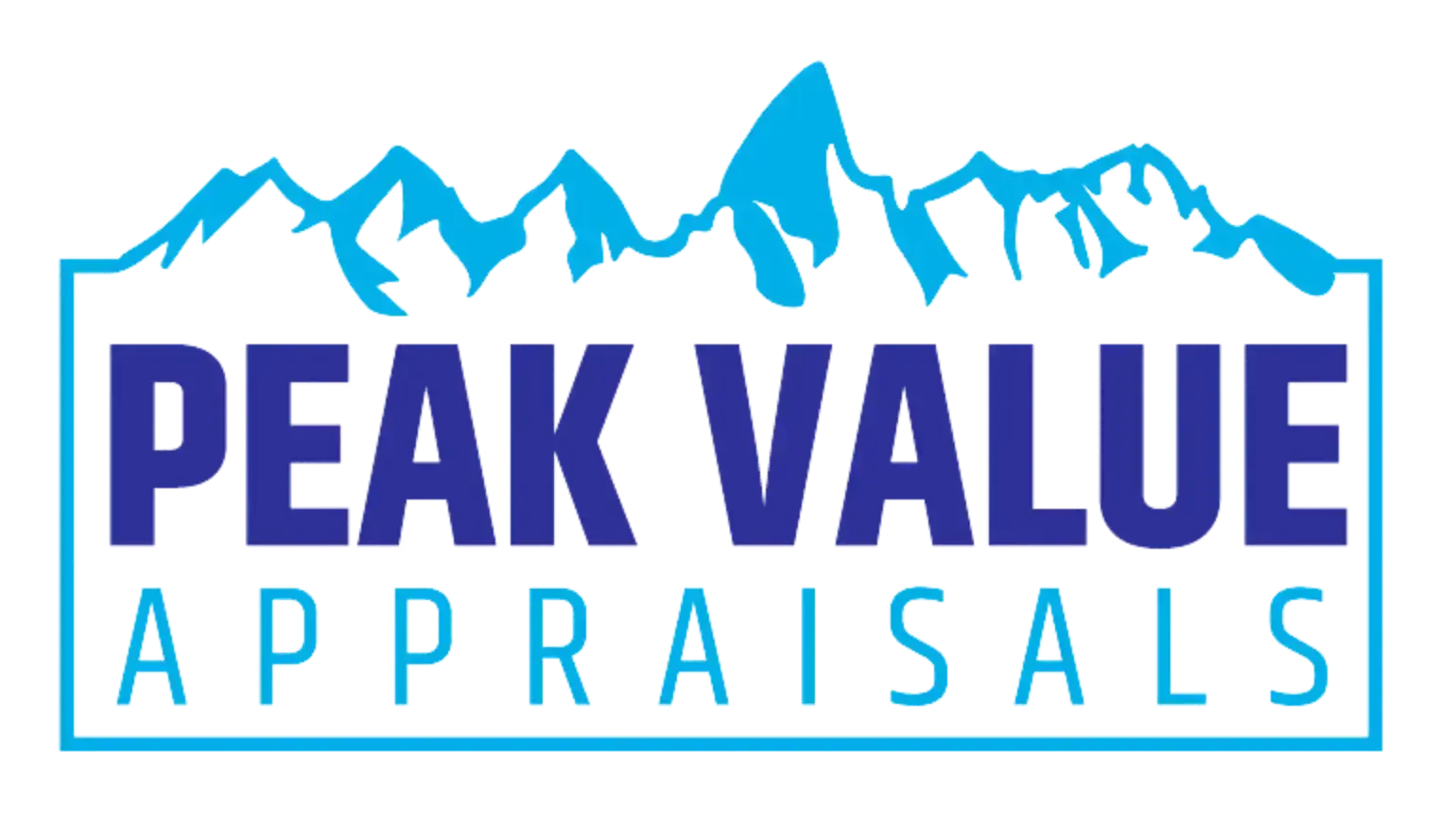I had completed the first appraisal six months prior to the second one. The home owner had not been able to get the loan the first time and was trying again. The first appraisal came in at $108,000. The second one was at $112,000. The home owner was confused and upset because she had just spent $23,000 on new blacktop for the driveway. Why didn’t the appraisal come in $23,000 higher the second time? The answer is found in the difference between cost and value.
A good analogy between cost and value is that of a bottle of water. It may cost $1.25 at the local Maverik, but how much is it worth to someone? Well, it was worth at least $1.25, or they would not have bought it. However, if their car broke down in the middle of the Arco desert and they were miles from civilization, that $1.25 bottle of water would likely be worth much more than what it cost them. Similarly, when an amenity is added to a home it may cost X-amount, but the value to a potential buyer may be more or less.
It is a common mistake that homeowners make. They believe that if they spend $6,000 building a new deck, their $100,000 home should now be worth $106,000. It typically is not. Cost, of course, is what you spend on something. Dollar-for-dollar it does not usually equal value. Value is what something is worth to the average buyer (actually, there is a much more defined definition of value, but this will suffice for purposes of this article). A big discrepancy between cost and value in the Idaho and Wyoming markets is sometimes found in outbuildings. I often see home owners spend $50,000-$100,000 building a large shop. When the value of their home only increases $30,000-$40,000, they wonder why. The answer is again, cost does not always equal value.
When someone builds a shop, they typically do not do so with the intent to immediately sell. If shops gave the same or a higher value than cost, you would see more of them on spec homes. The fact is, an appraiser must look at how the market reflects such an amenity. Most of the time, an average buyer is happy about the shop, but that is not the only thing she might be looking at. In other words, it will add to her decision in buying and she will pay more (all things being equal) than she would for the neighbor’s house without a shop, but she will not typically pay the same amount that it cost to build it.
When looking to add amenities to a home, it is wise to consider how the market will react to such additions. What you spend (cost) will not always come back to reward you with an equal or higher value.






